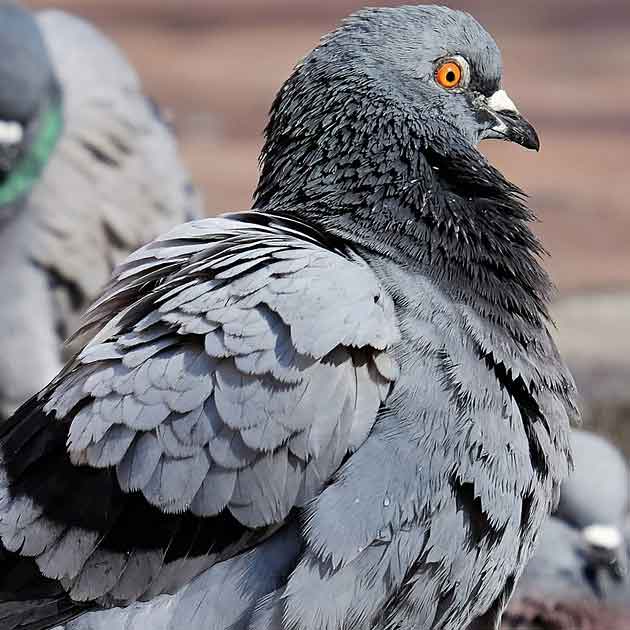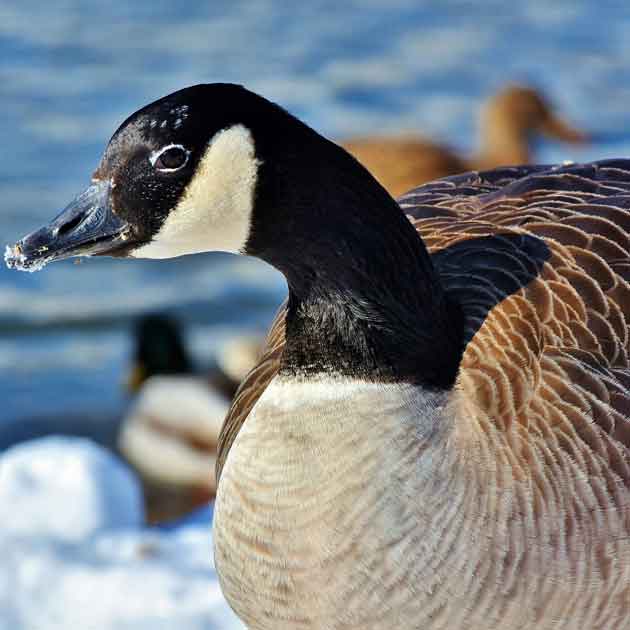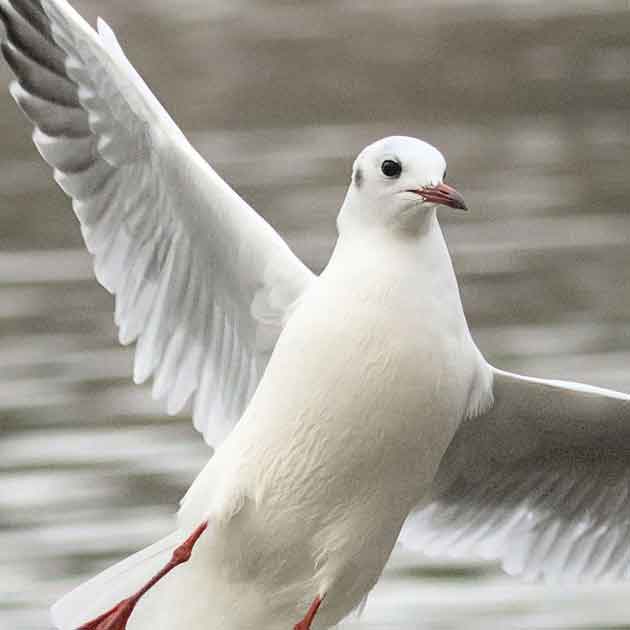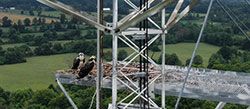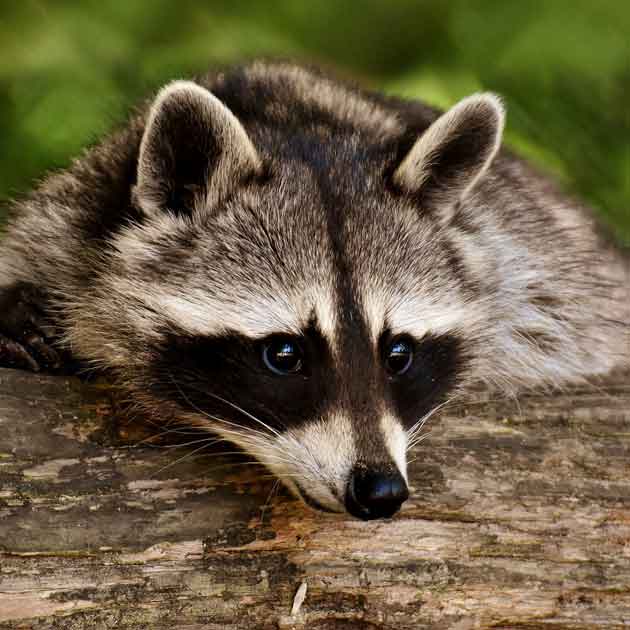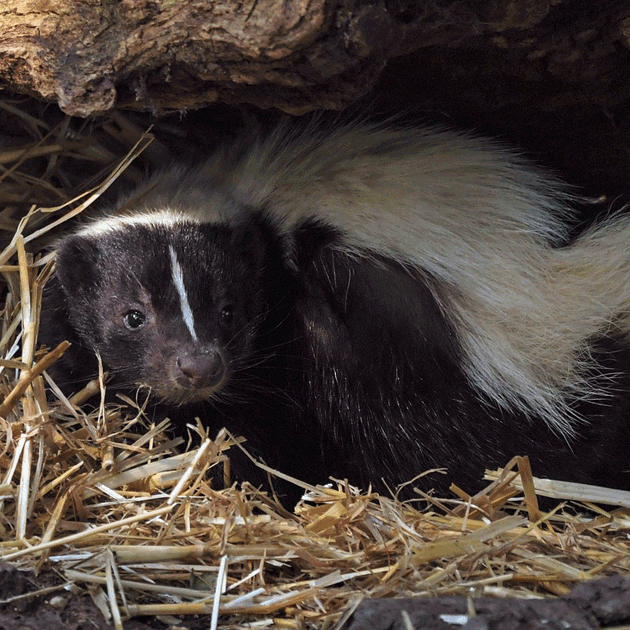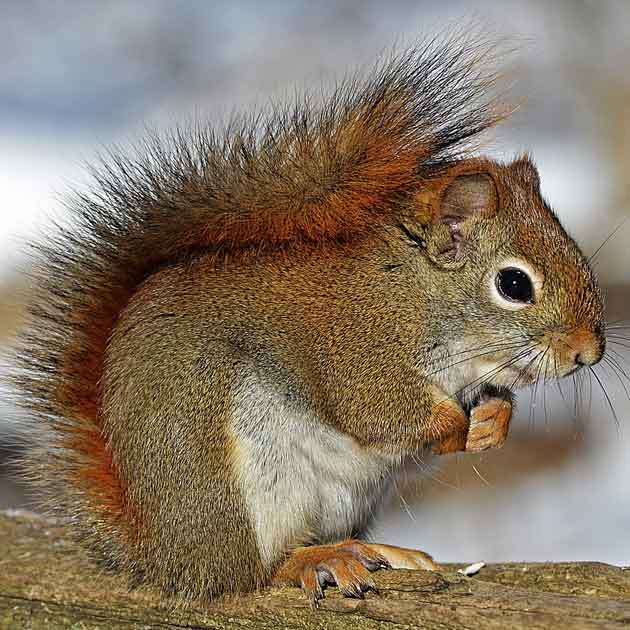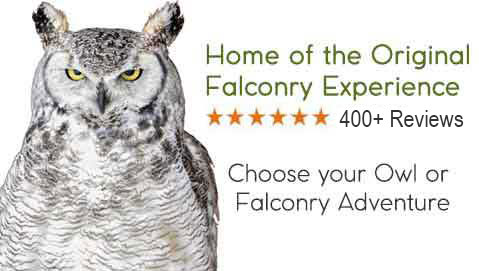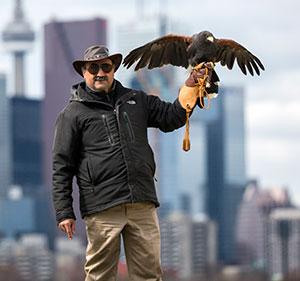Canada geese are a familiar sight in Toronto and the extended GTA area - in parks, on golf courses, and on ponds. And, especially once gosling have hatched, they are lovely to watch. But, the growing goose population does create problems, particularly in small bodies of water. This is where professional geese control for ponds comes into play. Let's explore how to get rid of geese in ponds:
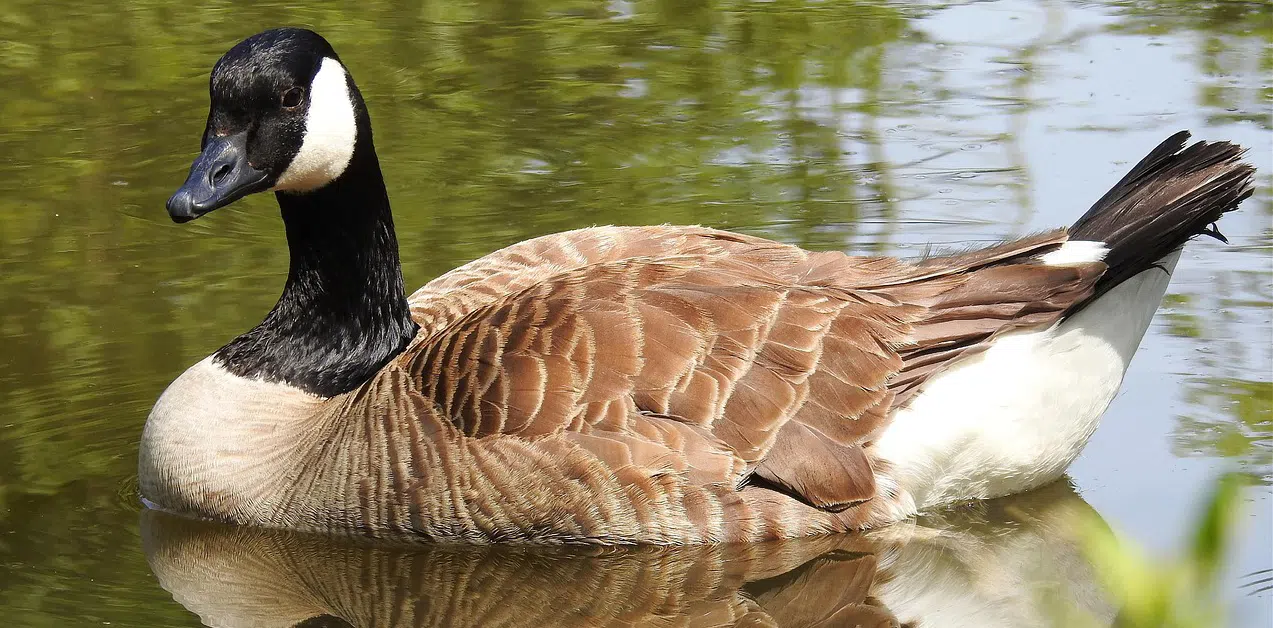
Why Geese Gather in GTA Ponds
Our man-made landscapes are the perfect places to hang out and raise a family for geese. Here's why our ponds are so popular with geese:
- Short cut grass is their all-time favourite, offering unobstructed views for nesting and those lovely fresh green shoots;
- Availability of water - access to water is essential for waterfowl and all wildlife;
- The presence of humans ensures fewer natural predators.
The Health & Environmental Impact of Geese in Ponds
Health Concerns
Goose droppings harbour harmful bacteria and parasites that can have significant health implications for humans, dogs and other animals. Droppings can be more dangerous dried than fresh; once dried, they become airborne and less noticeable (or avoidable). Bacteria and parasites that can pose a threat if transmitted through contact or inhalation include:
- Histoplasmosis
Histoplasmosis is a fungal infection as a result of inhaling spores from contaminated droppings. This infection targets the lungs; - Giardiasis
This parasitic infection caused by giardia leads to severe gastrointestinal symptoms; - Cryptosporidiosis
The Cryptosporidium parasite leads to an infection of the small intestine as well as the respiratory tract. Symptoms include nausea, diarrhea, and often an unexplained cough; - Physical Injury
Then there's the overly protective (read, aggressive) goose protecting her nest and eggs or his mate and offspring. During nesting season, geese are known to attack if they feel threatened by people or pets venturing too close to their nests.
 Did you know?
Did you know?
Canada geese can poop up to 15 times per hour and for up to 20 hours a day!
One goose produces up to 2lbs of droppings EVERY day!
Environmental Degradation
- Water Quality
A handful of geese are enough to seriously affect water quality and contaminate a small pond in a matter of days, resulting in algae and reduced oxygen levels; - Soil Erosion
Overgrazing of shoreline vegetation causes root damage and soil erosion; - Changes to Biodiversity
The same overgrazing also leads to a decrease in biodiversity; - Damage to Pond Ecosystem
The increase of Phosphorus and Nitrogen as a result of goose droppings damages the delicate balance of a pond ecosystem and the aquatic environment and contributes to fish deaths.
Impact on Public Spaces
- Many of GTA's parks feature small bodies of water and attract geese. Excessive goose droppings are unsightly and unsanitary.
- Aggressive geese are a concern to pedestrians, cyclists, pet owners and parents of small children.
- Cities like Toronto and other municipalities in the GTA are forced to spend thousands of dollars on geese management plans.
Effective Ways to Prevent Geese in GTA Ponds
While there are some landscape modifications you can do yourself, the real return on investment lays in Professional Geese Control and Management.
Habitat Modification
- Reduce Food Availability
Discourage all feeding of geese and other wildlife. Feeding wildlife is prohibited by virtually all municipalities in the GTA. Check your local by-laws; - Adding Vegetation
Plant tall grasses or shrubs around the pond to make it less inviting and less suitable for nesting; - Water Aeration
Use pond aerators to create water movement and make feel geese less safe on the water.
Professional and Humane Goose Control Services
Geese are smart and have extraordinary instincts when it comes to migration and nesting location. Breaking the nesting/breeding cycle is what makes for successful and long term geese control and management. Any and all control measures against geese require permits and are solely focused on making the area appear less safe and therefore undesirable. Once geese have entered molting season, it is also possible to round them up and relocate them. Here are some control methods in order of effectiveness:
1. Falconry
A trained eagle handled by a skilled falconer will fly above the area where geese are a problem. The mere presence of the bird of prey is deeply unsettling to the geese below and will automatically make this area unsuitable for nesting and breeding. No geese are hurt in this process; this is a completely natural way of bird control, taking advantage of the existing prey/predator relationship.
2. Trained Goose Control Dogs
The dogs are trained working dogs. They haze (chase) geese but do not harm them. Again, their presence signals an unsafe environment for geese looking to start or raise a family.
3. Lasers and Remotely Operated Vehicles
A follow up to both falconry and dogs is the use of lasers on the ground and remote controlled boats in the water. Both methods are used in low light or at night time and introduce a level of unpredictability. Geese (like most animals) are on higher alert and feeling more vulnerable in the dark and random effects resembling snakes (lasers) or mammals in the water (boats) make the area feel less secure.
4. Pyrotechnics
Also deployed after nightfall, loud and/or unfamiliar sounds further reduce the geese's level of comfort and safety.
5. Nest Removal
The nest is destroyed with geese observing from a distance. All remnants of the nest are removed and ideally, the nest area is covered with plywood after. This may have to be repeated several times until the birds stop rebuilding nests.
6. Egg Oiling or Addling
A chemical solution is sprayed on the eggs in the nest, making them no longer viable. The disadvantage here is that the geese don't know that these eggs won't hatch and continue to sit on them. They will stick around for the remainder of the summer AND likely return to the same spot in the following spring.
7. Geese Relocation
Relocation is at the end of this list because it can only be done during molting season (when geese lose all of their primary flight feathers and are grounded). Geese are rounded up or herded into a confined space and then taken to a predetermined (and pre-approved) location in a southwesterly direction and on the path of the flock's migration route. Geese relocation is very labour and resource intensive and requires monitoring until fall (and until the birds area ready to migrate for the winter) at the new location.
Ineffective Goose Control Methods
Visual and auditory deterrents like fake birds of prey, reflective tape, noise makers, or motion sensor lights are largely ineffective. You may see limited success for a day or two but the geese will figure out very quickly that there's no actual danger and learn to ignore your efforts.
When to Call a Goose Control Expert
If you find your pond overrun by geese or if the geese become aggressive towards humans and pets, it's time to call in the experts. Successful long term Goose Control and Management requires planning, patience, flawless execution - and repetition. No one method alone and deployed once will deter geese over a longer period of time.
Hawkeye Bird & Animal Control
Hawkeye has not only the experience and expertise, but also the resources to help you put together and execute a geese management plan. All of our geese control technicians in the GTA are trained falconers, and able to successfully fly an eagle at your location. Our dogs are well trained and well suited for geese hazing. Contact Hawkeye today and learn more about geese permits, and how to get rid of geese from ponds in Toronto and the GTA.
Related Articles:
https://www.hawkeye.ca/blog/raccoon-removal-for-ajax-shoreline-sheds-and-boathouses
https://www.hawkeye.ca/blog/how-to-get-rid-of-geese-around-torontos-harbourfront-properties


